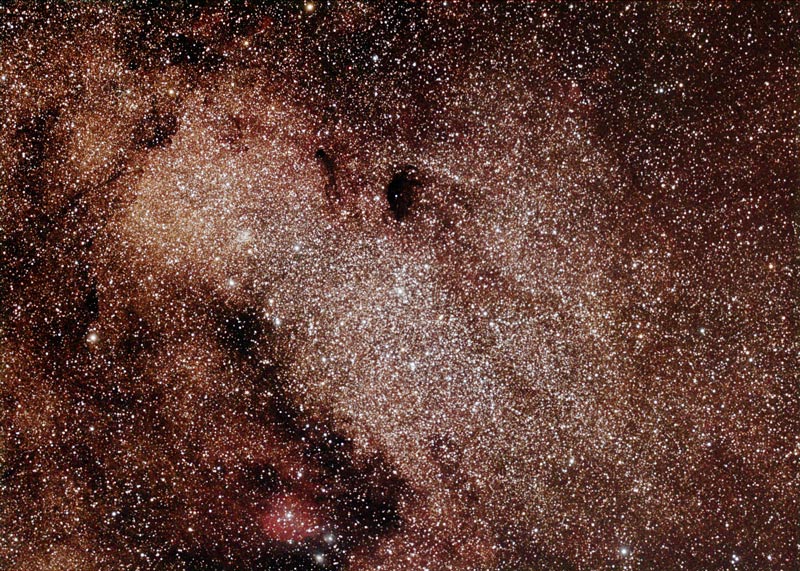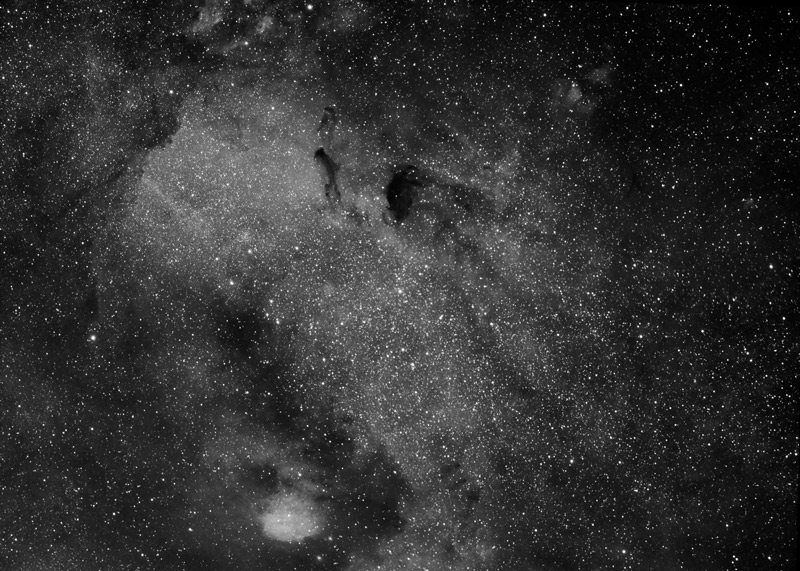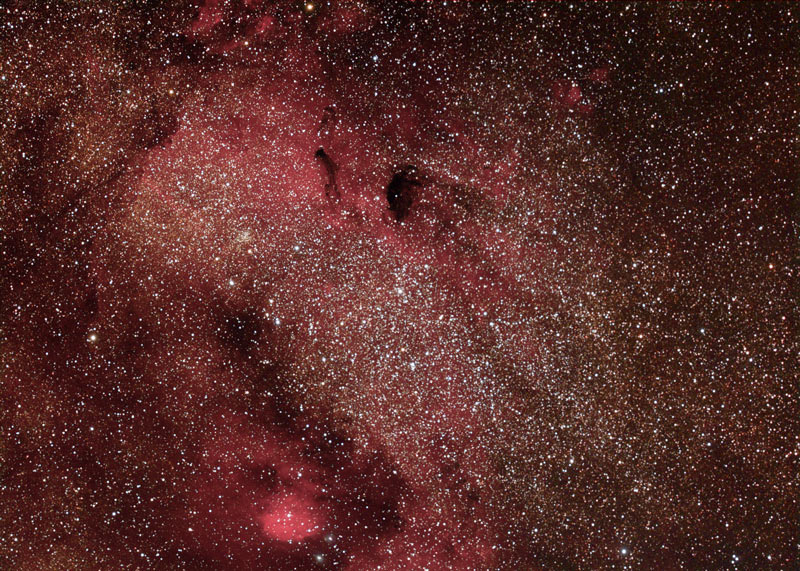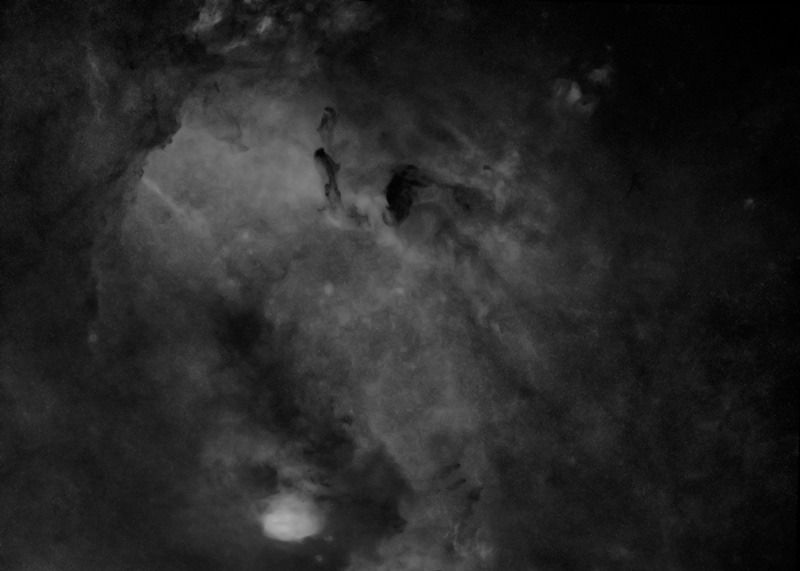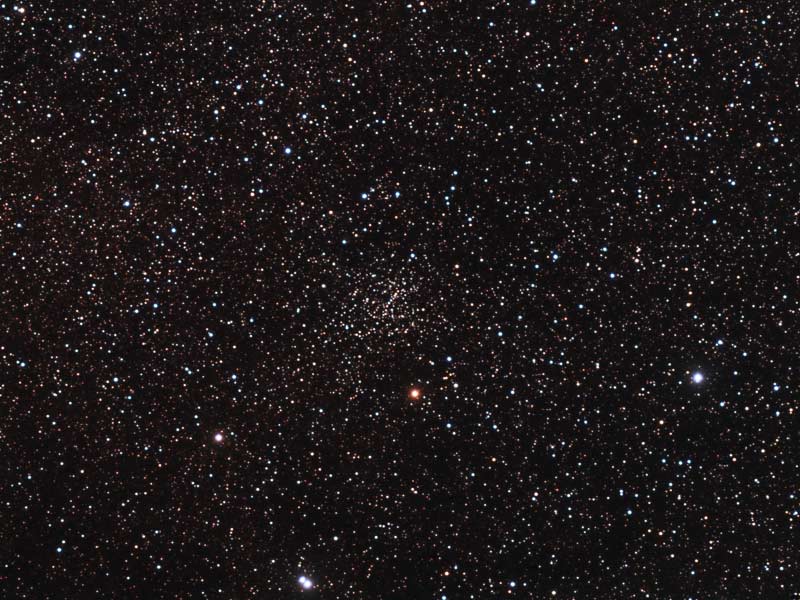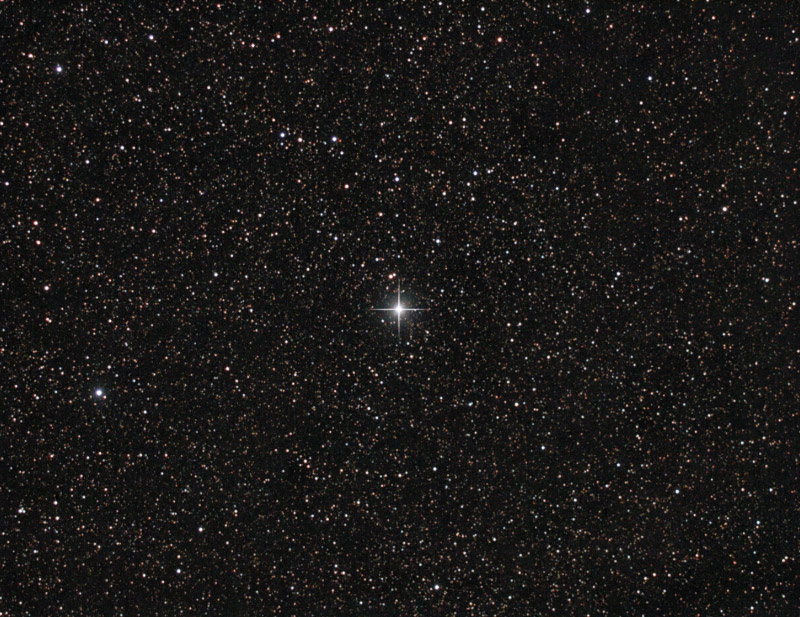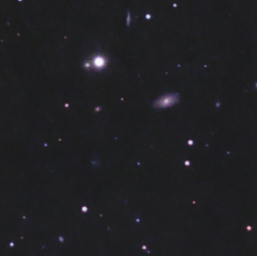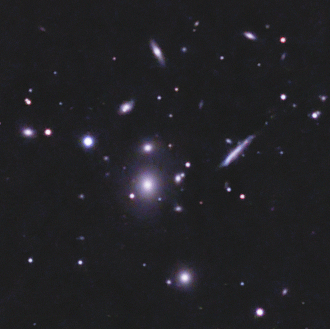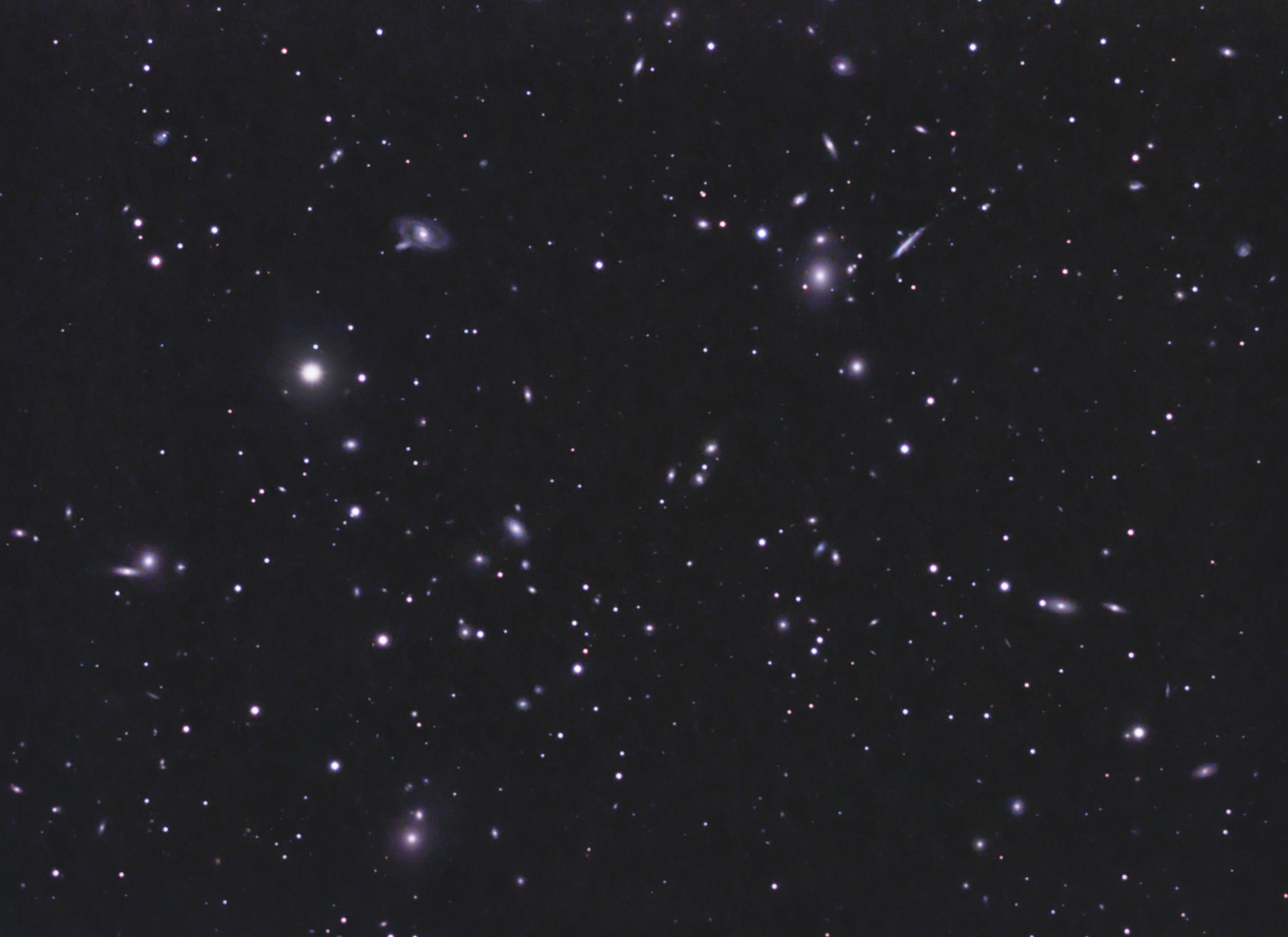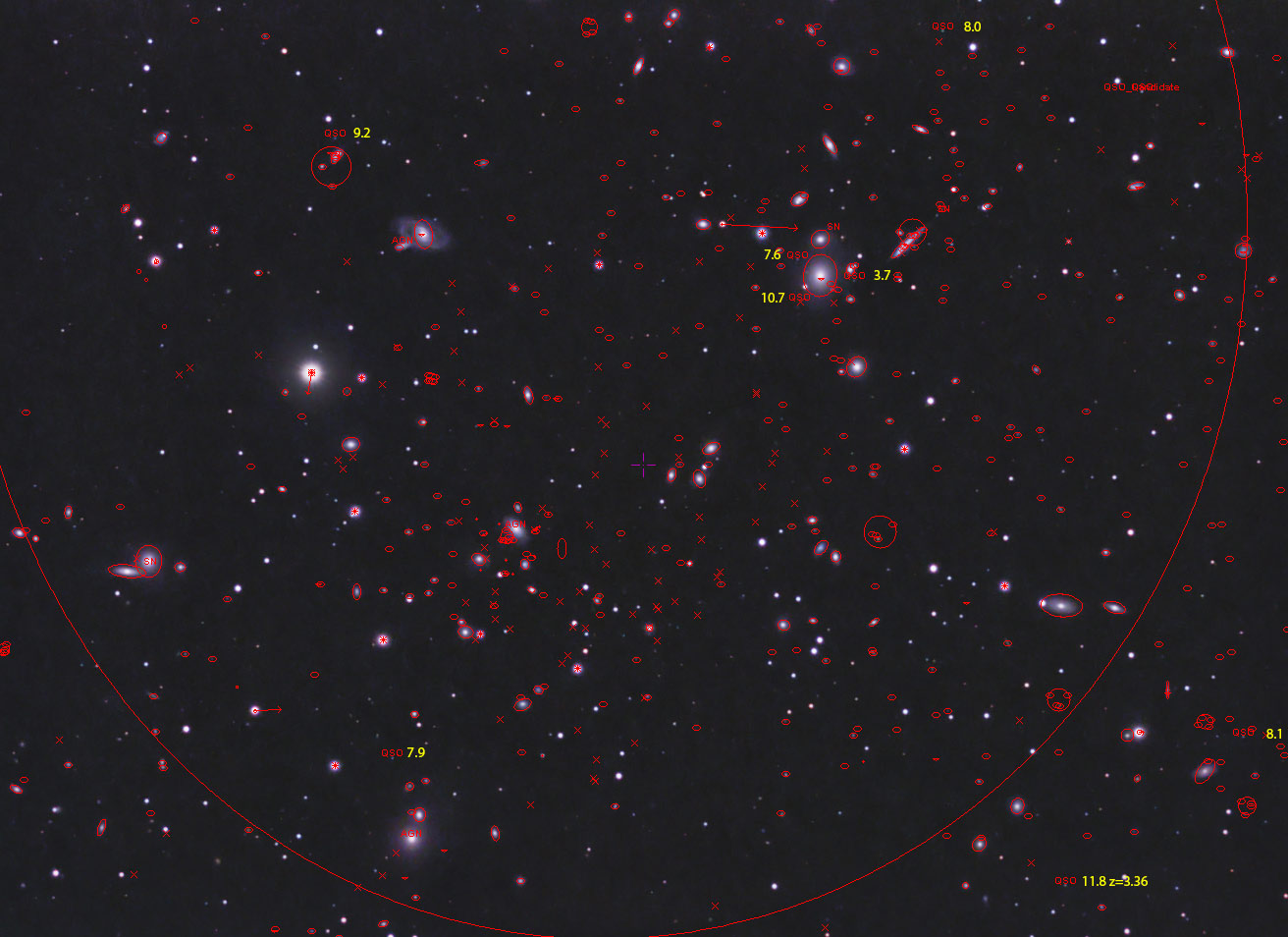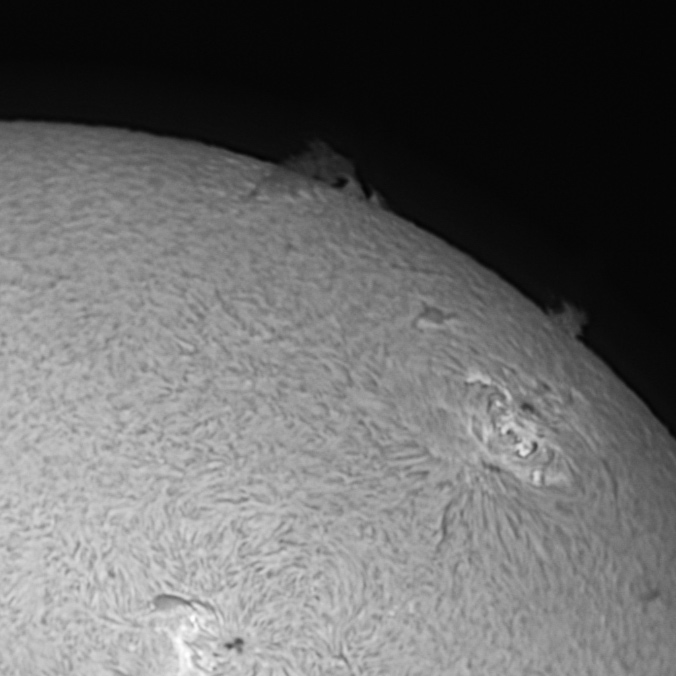6th planet from the sun, second largest after jupiter
a gas giant
it has a slight yellowish color due to ammonia in the upper atmosphere
with faint bands (much less dramatic than jupiter's)
and...
IT HAS RINGS!
first view of saturn through a telescope:
unknowingly, i pointed the scope at a bright "star" rising in the east
and was shocked to see it had rings...
a shudder and a concrete sense that there really is more out there than we know.
there's something about the rings and the shadow they cast over the sphere that makes it appear much more like a perfect 3-dimensional structure than a simple disk.
the gap in the rings is called the Cassini division.
the darker band outside the cassini division is called the Encke minimum.
there's a near mythical gap outside of that called the Encke division.
that is only visible from earth with under excellent seeing conditions with high quality optics.
the angle of the rings varies from year to year as saturn makes its 29.5 year orbit around the sun.
in 2002 they were maximally tilted with the south pole facing us
(about the time i bought my largest scope)
here's one of my earliest shots from 2004:
in 2009, they were edge-on
though many find this the worst time to view saturni found the iconic line made an interesting image:
the rings are now opening again
peaking in June 2017 with the best view of the rings and the north pole of the planet (this event will sell lots of telescopes ;)there's something special about the north pole:
the dark patch at the north pole is actually hexagonal!
it is a persistent cloud pattern, similar to jupiter's great red spotsanta's helpers must be more mischievous on saturn
i've yet to see or image it, but as the north pole continues to tilt
towards us i'm hoping to catch it
saturn has 150 moons and counting
the largest, titan, is larger than mercury and contains it's own atmosphere as well as hydrocarbon lakes.
titan casting shadow on saturn's surface:
9 or 10 can be seen thru an amateur telescope
enceladus is notable for salt water geysers which contribute to saturn's rings
more on saturn:
http://solarsystem.nasa.gov/planets/profile.cfm?Object=Saturn
http://www.nakedeyeplanets.com/saturn-orbit.htm
http://www.astronomycast.com/2007/10/episode-59-saturn/
http://www.astronomycast.com/2014/05/ep-344-the-rings-of-saturn/
http://www.astronomycast.com/2007/11/episode-61-saturns-moons/
http://en.wikipedia.org/wiki/Saturn%27s_hexagon






